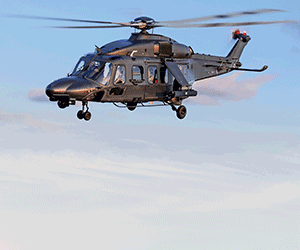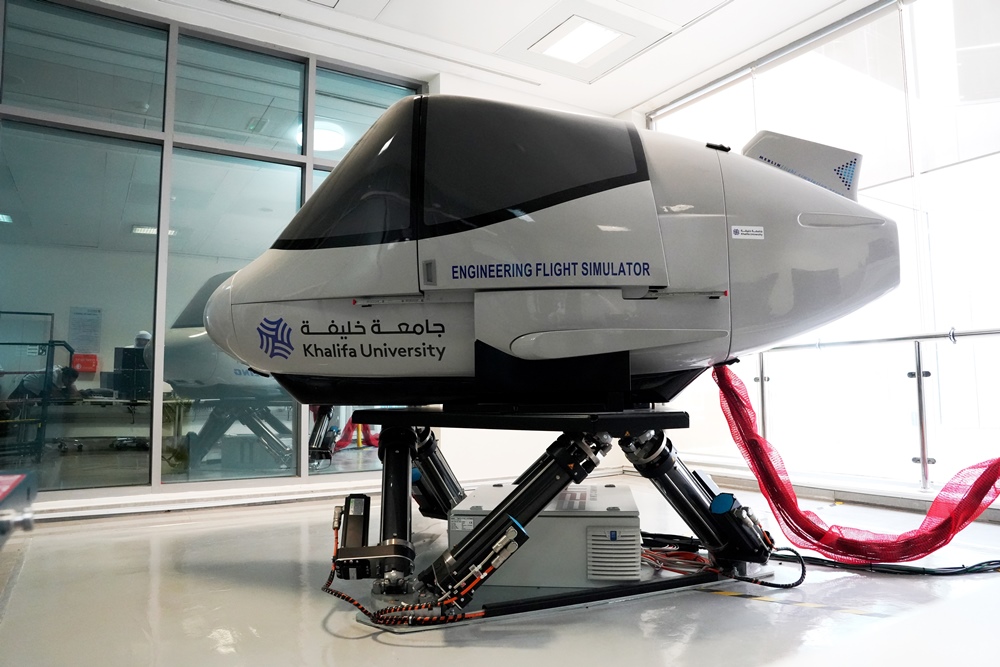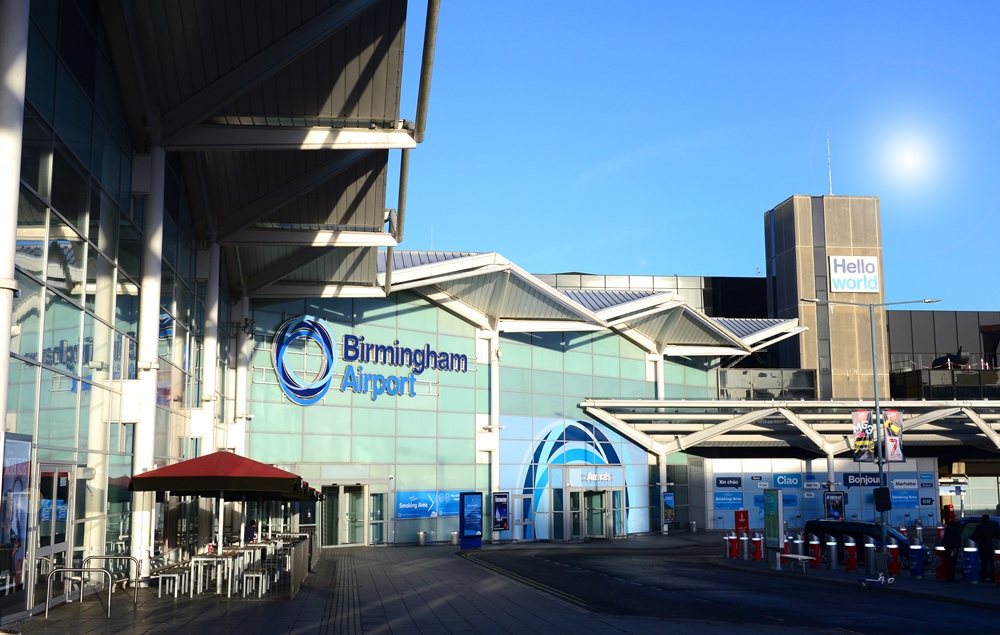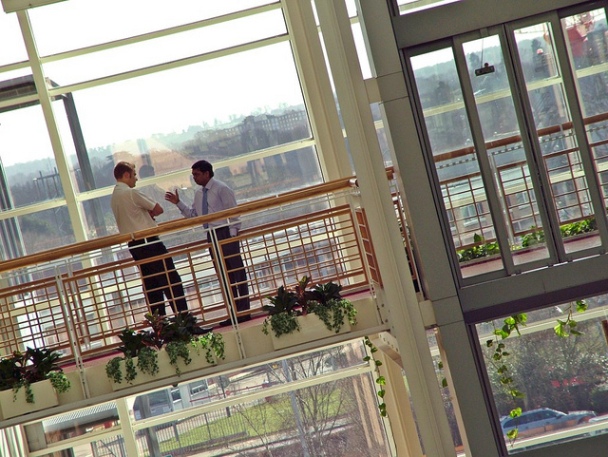USAF Pave Hawk helicopter crashes on Norfolk coast

Above:
An HH-60G Pave Hawk helicopter.
Courtesy USAF (photo by US Airman 1st Class Trevor T. McBride)
The aircraft, assigned to the 48th Fighter Wing, was on a low-level training mission when the crash occurred. It is believed that the four crew members lost their lives in the crash.
RAF Lakenheath says the next of kin are being informed and the four airmen will be officially named in due course.
The UK MoD and the police are working with the US military this morning to conduct recovery operations and begin the investigation into the cause of the crash. The USAF's 48th Fighter Wing said as soon as additional details become available, they will be provided.
The primary mission of the HH-60G Pave Hawk helicopter is to conduct day or night personnel recovery operations into hostile environments to recover isolated personnel during war. The HH-60G is also tasked to perform military operations other than war, including civil search and rescue, medical evacuation, disaster response, humanitarian assistance, security cooperation/aviation advisory, NASA space flight support, and rescue command and control.
The Pave Hawk is a highly modified version of the US Army Black Hawk helicopter which features an upgraded communications and navigation suite that includes integrated inertial navigation/global positioning/Doppler navigation systems, satellite communications, secure voice, and Have Quick communications.
All HH-60Gs have an automatic flight control system, night vision goggles with lighting and forward looking infrared system that greatly enhances night low-level operations. Additionally, Pave Hawks have colour weather radar and an engine/rotor blade anti-ice system that gives the HH-60G an adverse weather capability.
A USAF Pave Hawk HH60 helicopter from RAF Lakenheath in Suffolk, crashed at the north end of East Bank on the Norfolk Wildlife Trust Cley Marshes Nature Reserve. The multi-agency investigation into the crash will continue during the day.
Although the four occupants in the helicopter sadly died in the crash, it is not believed that anyone in the surrounding area has been injured.
The crash site, which lies to the west of East Bank in marshland between the A149 and the coastline, remains cordoned off today, Wednesday 8 January, for the safety of the public and those working to investigate the crash and recover the wreckage.
A second helicopter from RAF Lakenheath which landed on the marshes shortly after the crash also remains at the scene.
Chief Superintendent Bob Scully from Norfolk Constabulary, said: "In order to carry out a thorough investigation in a safe manner, the area will remain cordoned off with no access for the general public.
"We will be working with our partners at the Ministry of Defence, Air Accident Investigation Branch and US Air Force to gather all evidence from the scene and then recover the aircraft.
"This is difficult terrain with marshland and tides coupled with wreckage containing munitions covering a large area.
"We must undertake this investigation and recovery operation in a careful and methodical way so we can provide answers as to why this crash happened.
"For reasons of safety it is essential that members of the public adhere to the cordon. The popular activities of walking and bird-watching in this area will therefore be restricted until we have completed these tasks and ensured the marshes are safe.”
The A149 remains closed through Cley; access to Beach Road and East Bank is also restricted and there is no coastline access to the crash site.












